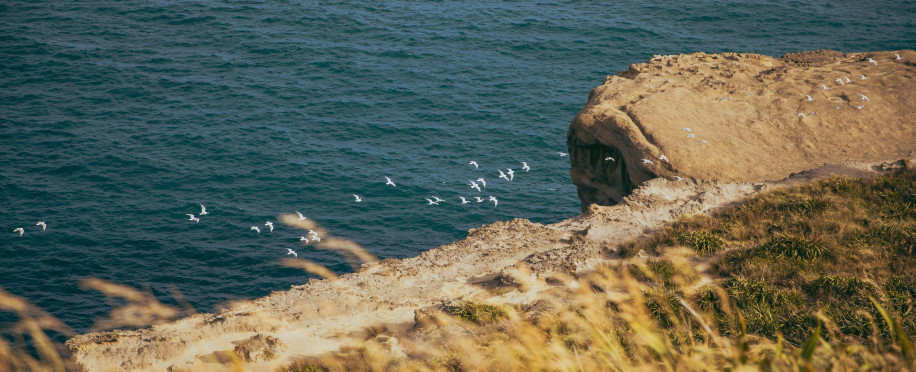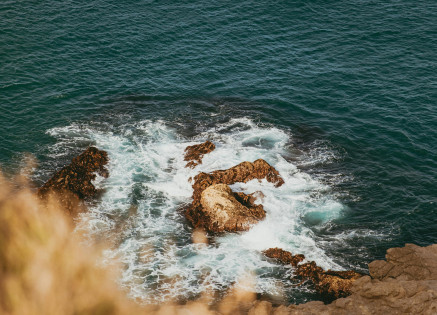Copyright © 2025 lmitac.com All Rights Reserved. Contact - Terms and Conditions - Privacy Policy - Quality Policy - Become an instructor - Vacancies - Sitemap
London Maritime Academy is a trade name for London Premier Groupversion: 2.9.0
London Maritime Academy is a trade name for London Premier Group

Posted on : 10/10/2024, 10:07:57 PM
Last Update : 10/10/2024, 10:07:57 PM
Performing sea trials should be a basic standard for any vessel in the sea, including the smallest and the largest ones, to guarantee full performance in any condition.
Thus, the International Maritime Organization (IMO) requests vessel annual sea trials based on standards and completed sea trials for all vessels, including commercial, cruise, and Ro-Ro ships.
If you are interested in knowing more about sea trials, with key steps to follow, and benefit from completed sea trials, continue reading our article.
Sea trials, defined in the maritime industry, are a series of performance tests and systems done by professional maritime engineers and workers to evaluate the performance of new ships, construction completions that are still in the shipyard, or refurbished ships while they are on the coast before being launched to the sea.
The importance of any sea trial comes from the conducted trial's ability to answer questions about the vessel’s naval performance, nautical speed, maneuverability, and safety systems and services for its days in the sea based on two main trial levels, one while the boat is still on the coast and the other phase for the boat in the sea.
Thus, sea trials ensure that any vessel or carrier carried out at sea meets operational standards before being commissioned, which ensures both the crew and the ship’s equipment are tested under various conditions and can operate professionally even in major events.
Sea trials are highly important for any vessel and submarine, especially to study uncrewed ones to guarantee their success in any event without any platform breaking or operating failure, making any designed project a successful and updated one.
These days, running complete vessel sea trials is a vital exam, however, based on the best marine safety courses in London to ensure efficiency, the sea trial process should go through these multiple steps:
This sea trial step ensures all emergency systems and life-saving equipment in the vessel have the required updates, including fire suppression systems, life rafts, and alarms.
Moreover, this trial step involves testing fire drills, maritime risk management, evacuation protocols, and communication systems to verify that the ship can handle crucial environmental emergencies and others as effectively as possible.
The ship’s main engine, motor, and auxiliary machinery are essential in your vessel's trial to ensure the capability to continue the trip or cruise from one port to another, thus, all engines, dynamics, and machines go through extensive performance testing.
Usually, these sea trials include running them at various speeds and conditions to check their reliability and efficiency and determine and repair any potential issues before they impact the ship or carrier's performance.
A ship's onboard pumps, including bilge, ballast, and fire pumps, must be tested during a sea trial for proper operation, as they are the ones responsible for maintaining water flow, pressure, and response during emergency scenarios to avoid another Titanic experience.
In other words, these vital systems must remain effective and pass under hard conditions to keep the ship going even on the worst days.
Acceptance trials must include the finished ship's draft, which indicates how deep the vessel sits in the water; this ensures that the ship is loaded evenly and fits within safe operational limits.
Thus, the ship's accurate draft measurement and trial are required for final ship stability, cruise management, customer safety, and fuel efficiency.
The vessel anchor tool and its handling and stability systems are tested to ensure smooth deployment, positioning, and retrieval in port and emergency stops in the sea, so the vessel can go through its voyage and deliver products without any issues.
Furthermore, this performed checking involves the windlass, chain, and anchor brake systems for performance under stress.
The initial sea trials include the ship’s speed stability test, which is done by running at high speeds to observe how the ship handles rough seas and sharp manoeuvres and whether its balance and response to external forces like wind and waves are as they should be or not to guarantee safety during high-speed operations.

If you are wondering why sea trials and ship testing are this important in our days, especially before purchasing a yacht, in the maritime industry in the USA, let us share with you some of the amazing benefits of this announced testament, including:
Positive sea trial ratings confirm that all the ship systems and equipment are working properly, meaning that the vessel holds the license to leave the dock and is ready for real-world conditions, and the crew, passengers, and cargo during operations will stay safe.
Identifying and fixing potential issues revealed during sea trials before the ship enters service, will reduce the risk of mechanical failures or operational threats, leading to minimising the likelihood of accidents transoceanic.
Conducting regular sea trials helps avoid costly repairs or operational delays by catching and solving problems early; furthermore, sea trials also ensure efficiency, reduce fuel consumption, and maintain operation needs over time.
Sea trials in the USA are vital procedures to guarantee maritime safety and efficiency, thus, make sure to protect your boat and business with regular trials.
Moreover, ensure training your team with the best courses for better performance, productivity, and revenue.